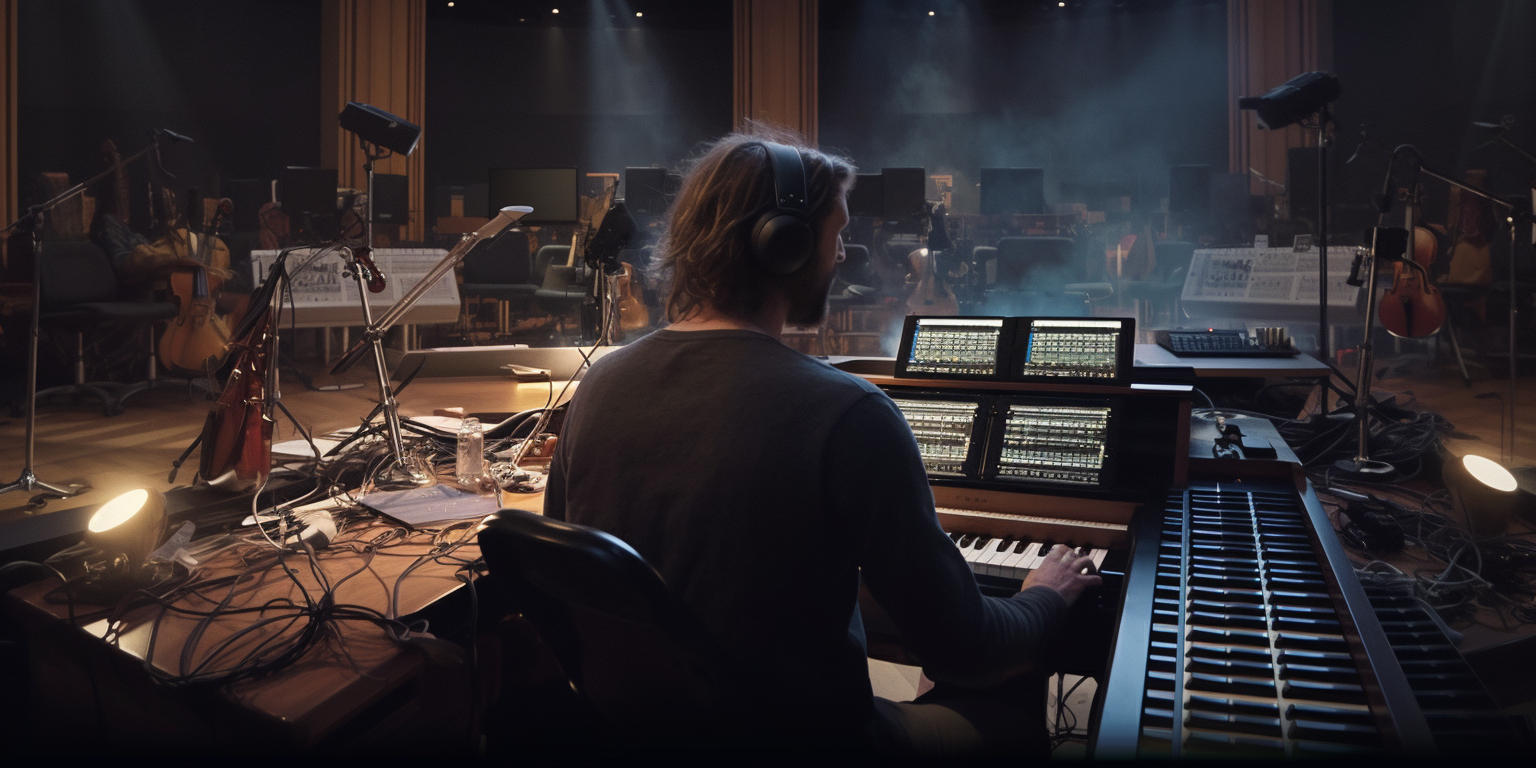Remote Recording: Embrace the Future of Music Production

Introduction
We are witnessing an extraordinary upheaval in the way people work, create, and collaborate, fueled by the pandemic along with revolutionary advancements in technology. Remote Recording has emerged as a powerful solution for musicians, singer-songwriters, producers, audio engineers, podcasters, journalists and voice-over artists, knocking down the walls of the music studio to enable seamless and virtual collaboration regardless of location, time zone, or physical proximity. This overview will explore the importance of Remote Recording, the technology behind it, the essential equipment and techniques, and how it's revolutionizing the music industry.
What is Remote Recording?
Remote Recording refers to the process of recording audio from a location separate from a traditional recording studio or sound booth. It facilitates real-time collaboration among musicians, engineers, and producers, regardless of their location. Where remote recording was previously seen as a lower cost, lower quality last resort, technological advancements have made Remote Recording increasingly accessible and high quality, transforming it into an industry standard for music and other audio-related professions.
The Benefits of Remote Recording:
- Access to Top Talent: Remote Recording allows you to work with musicians and producers from around the world, eliminating geographical barriers and fostering innovation, collaboration and creativity. Instead of limiting yourself to the top drummer in your local town of 10,000 people - you can now access the top 100 drummers in the entire world! Never before in history have creators been able to access the very top percentile of recording artists from literally anywhere in the world, at the click of a button.
- Saves Money: You no longer need to book time in a recording studio, or pay musicians for all that additional time that isn't wholly dedicated to recording your music. Which leaves you with more you can invest in your home studio! (See below)
- Saves Time: It can take weeks to source musicians, call them up, agree on a time to record, find a studio, schedule a time in, realize the other musician can't make it, rinse and repeat. With Remote Recording, you can easily book, record, and download -- at Musiversal you can do all this in one hour!
- Improved Workflow: Remote Recording offers flexibility in scheduling sessions and doesn't require participants to be present throughout the entire recording process, streamlining workflows and increasing productivity.
- High-Quality Recordings: With state-of-the-art technology, Remote Recording produces studio-quality recordings, even from a distance. So long as your collaborators have a professionally equipped home studio you're golden. Spurred by the pandemic, many talented recording artists have made sure they're on top of the curve with industry-grade recording gear, pre-amps, audio-interfaces, microphones and instruments.
To achieve high-quality Remote Recordings, you'll need the right equipment, software, and techniques. If you're the music creator you might only need a good set of headphones yourself, but at minimum you'll want to make sure the recording musician you're working with has all the right gear. Here are some essentials:
High-Speed Internet: A stable, high-speed internet connection is crucial for streaming audio data in real-time.
Digital Audio Workstations (DAWs):
A DAW is a software application used for recording, editing, and producing audio files that allows users to record and manipulate audio files, add effects, mix multiple tracks together, and export the final product in various formats. There are many types of DAWs available today - in both free and paid versions - for both iOS and PC computers. And the best part is your remote recording setup can connect DAW to DAW with any musician or producer in the world, regardless of which DAW or computer type (Mac or PC) they use themselves. Some of the more popular DAWs on the market today include:
- Pro Tools
- Logic Pro
- Ableton Live
- StudioOne
- Cubase
- Digital Performer (DP)
- Audacity
- FL Studio
- Reaper
- Garage Band
- Universal Audio Apollo Twin
- Focusrite Scarlett 2i2
- Apogee Duet
- Solid State Logic SSL2+
Plugin: Audio plugins are software components that can be added to digital audio workstations (DAWs), audio editing programs, or standalone audio applications to provide additional audio processing capabilities. These plugins can be used for a variety of purposes such as equalization, compression, reverb, delay, distortion, and many other audio effects. Audio plugins can be either free or paid, and come in various formats including VST, Audio Units (AU), AAX, and others. They can be created by independent developers, audio software companies, or even individual musicians and producers. By using audio plugins, audio engineers, producers, and musicians can expand their creative possibilities and achieve a wide range of sounds and effects without the need for expensive hardware equipment.
Microphones: It’s no secret that to capture high-quality audio, a high-quality microphone is essential. There are many different types of microphones available, including dynamic, condenser and ribbon microphones. In a remote recording setup, the microphone can also act as the audio signal path for the two-way visual communication that happens between participants as the quality of the integrated microphone in a computer isn’t always very good.
Room Acoustics: A quiet room with minimal ambient noise is essential. Acoustic treatment, like sound-absorbing panels or curtains, can help reduce echoes and reflections, while fully sound-proofing your home studio can do wonders for improving the quality of your recordings.
Mic Placement: Often overlooked, the placement of the microphone can significantly affect the sound quality, clarity, and tone of recorded audio and can help minimize unwanted sounds such as room reflections, echoes, and background noise. It can also help in capturing the desired sound and tone of the instrument or voice being recorded. Experimentation with different microphone placement techniques can help you find what works best for your voice or instrument.
Noise Reduction: Directional microphones and noise reduction software can further help minimize background noise, resulting in cleaner recordings.
Lighting and Ergonomics: Adequate lighting and a comfortable recording space are essential for long periods of work, reducing fatigue and improving productivity. Sit stand desks have become very popular and many music producers recommend the stealth chair to help with better posture and back strain.
Preparation: Test your setup before recording to ensure everything is working correctly and have all necessary materials at hand.
Backup and Redundancy: Develop a backup plan in case of technical issues during your session, such as recording backup audio or keeping extra batteries on hand.
Communication and Collaboration: Use video conferencing software (we use zoom combined with audiomovers at Musiversal) to communicate with collaborators and ensure everyone is on the same page.
Conclusion
While the benefits of collaborating in person - writing, mixing and recording music in the same space - will never be completely replaced, the cost of travel combined with busy schedules have made it more difficult for musicians to get together at the same place at the same time. Remote Recording has emerged as a vital tool in the music industry and beyond, driven by technological advancements and the need for increased flexibility and collaboration. By understanding its importance and adopting the essential tools and techniques, musicians, composers and other professionals in various audio-related fields can harness the power of Remote Recording to revolutionize their work.
As the world continues to evolve, staying up-to-date with the latest trends and technologies is critical. Remote Recording, with its numerous benefits and growing prevalence, is here to stay. It's time to embrace this powerful solution and discover how it can transform your music/audio production and collaboration processes, bringing creativity and innovation to new heights.


